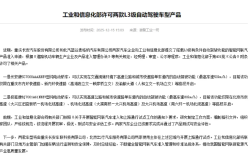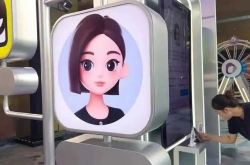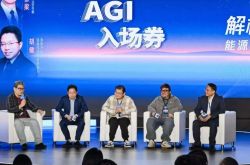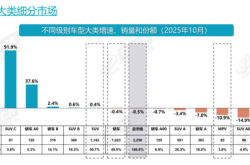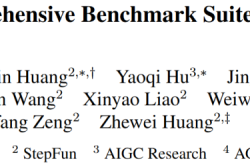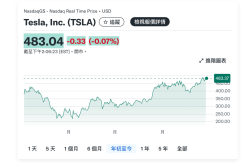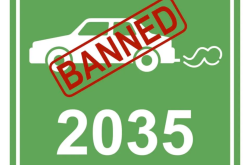Tesla Undergoes Major Reorganization: Dojo Team Dispersed, Key Personnel Depart
![]() 08/21 2025
08/21 2025
![]() 454
454
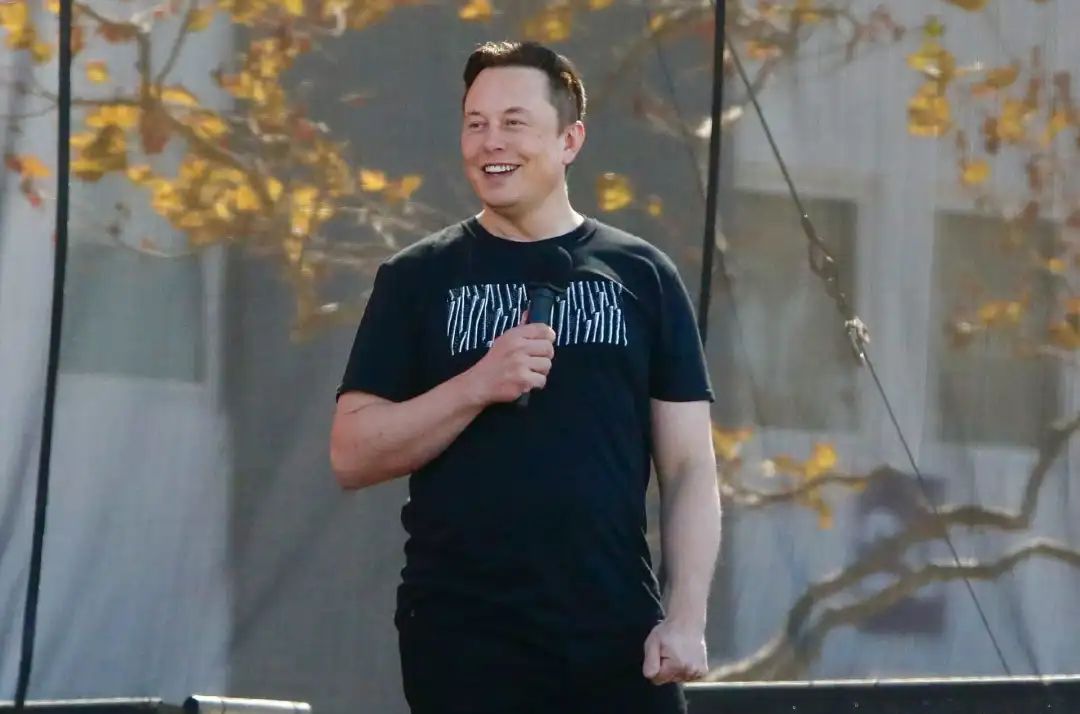
Integration Rooted in First Principles
Author | Wang Lei
Editor | Qin Zhangyong
Following the suspension of the Dojo project, Tesla's AI landscape has witnessed significant upheaval.
Musk recently disbanded the Dojo project, but the employees remained. Typically, the original team members would either be laid off or absorbed into other departments.
Indeed, this is what transpired. Leaked emails from within Tesla confirmed that the majority of the hardware team would either integrate into the autonomous driving department or opt to leave.
Musk, keen on retaining his top talent, promptly repackaged and reassigned the original Dojo personnel after disbanding the project.
This transformation involves multiple AI teams, often accompanied by strategic shifts in talent deployment.
A significant reorganization at Tesla is indeed on the horizon.
01
Where Did the Talent Flow?
According to Bloomberg, the R&D personnel from the former Dojo team primarily moved in two directions: Robotaxi, humanoid robots, and Tesla's autonomous driving hardware R&D.
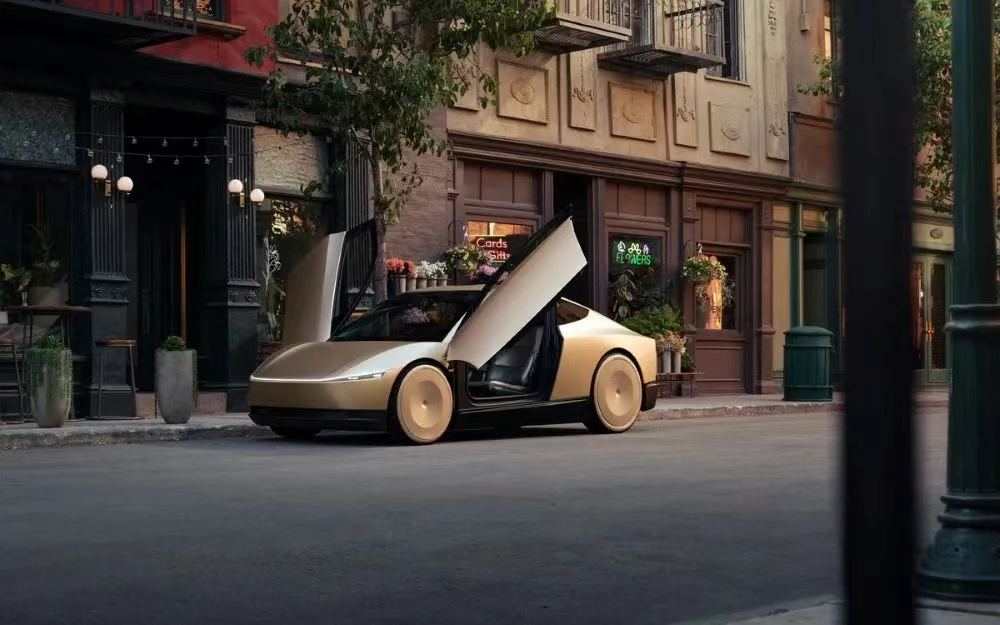
Among them, software developers now report to Ashok Elluswamy, who now oversees all AI R&D in Tesla's Robotaxi and humanoid robot fields.
Previously, Ashok Elluswamy was solely an Autopilot engineer. However, after being appointed VP of AI software last year, his role expanded significantly. Recently, following the departure of Milan Kovac, the former head of the Optimus robot project, Ashok Elluswamy also took charge of the Optimus project.
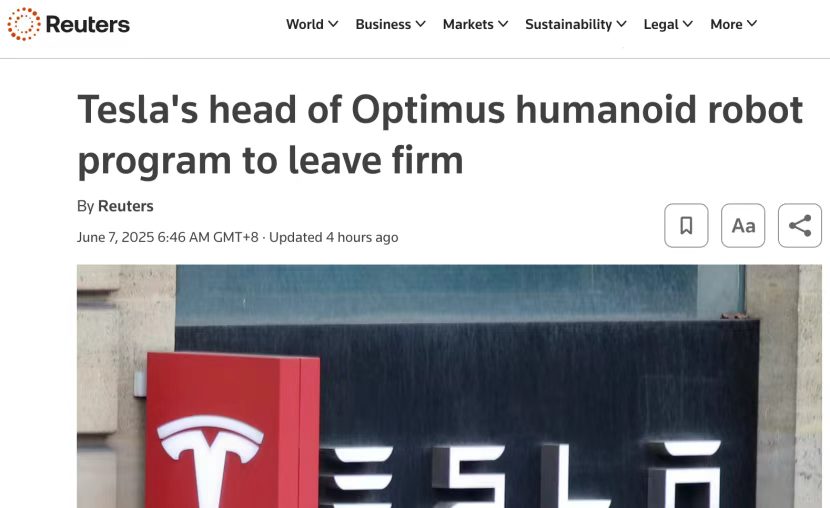
Additionally, insiders revealed that engineers specializing in silicon chips or semiconductors have been assigned to autonomous driving hardware R&D to develop the next AI5 chip, reporting to Aaron Rodgers, who oversees Tesla's autonomous driving hardware projects and leads the development of its AI5 chip.
From a personnel mobility perspective, most R&D personnel have been redirected towards autonomous driving.
While Musk asserts that Dojo is crucial for realizing autonomous driving technology, Dojo primarily focused on "training" and providing computational support for FSD. The suspension of the Dojo project implies that Musk is no longer fixated on the full-stack in-house development strategy, instead focusing on autonomous driving itself and core model innovations.
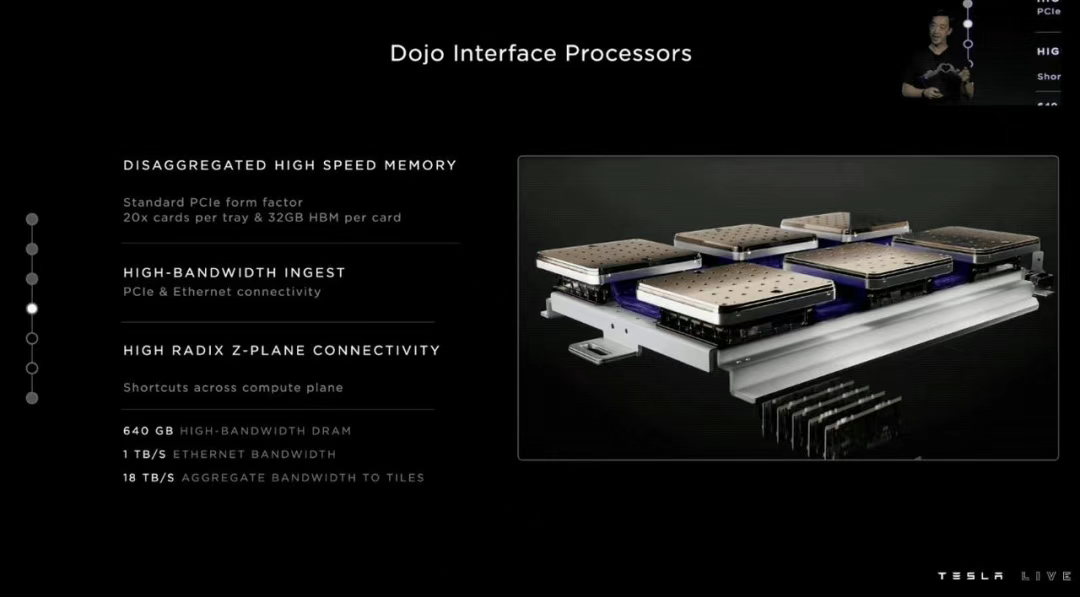
According to Musk's plan, "Tesla aims for vertical integration of AI hardware." Clearly, the dissolution and reorganization of the Dojo project mark the initial step in this grand AI hardware integration.
However, there has been a notable loss of core talent. Prior to the project's dissolution, news circulated that Dojo project leader Peter Bannon would depart. Bloomberg reported that many Dojo engineers have left Tesla.
Among them, a startup named DensityAI has specifically targeted Tesla talent, with approximately 20 technical leaders joining the company. Notably, this startup was founded by Tesla's former AI head Ganesh Venkataramanan after he left in late 2023.
Ganesh Venkataramanan was a key figure in the original Dojo project, unveiling the first-generation Dojo D1 chip at the 2021 AI Day.
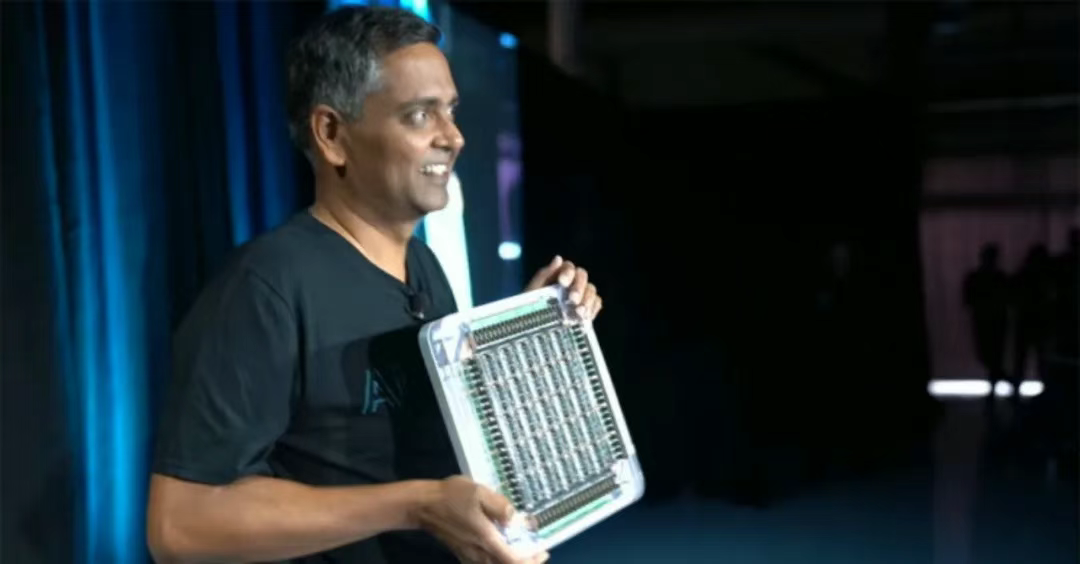
He previously served as Tesla's Senior Director of Autonomous Driving Hardware. After joining Tesla in 2016, he played a crucial role in establishing the AI hardware and chip team. In 2018, Musk promoted him to lead the Dojo project, which he handed over to Peter Bannon upon his departure.
Moreover, the startup's co-founders include former Tesla executives such as Bill Chang, Ben Floering, and even Martin Viecha, the former head of Tesla's investor relations.
This wave of talent return seems to be a collective move by former employees to join their old leader.
02
Behind the Suspension Lies Integration
In fact, signs of the Dojo project's ultimate fate emerged last year.
Have you noticed that since the third quarter of last year, Tesla has scarcely mentioned Dojo in meetings, replaced instead by Cortex, a new supercomputer cluster built at the Austin headquarters.
This year, during the second-quarter earnings call, it was briefly mentioned again, revealing Tesla's internal stance on Dojo's future.
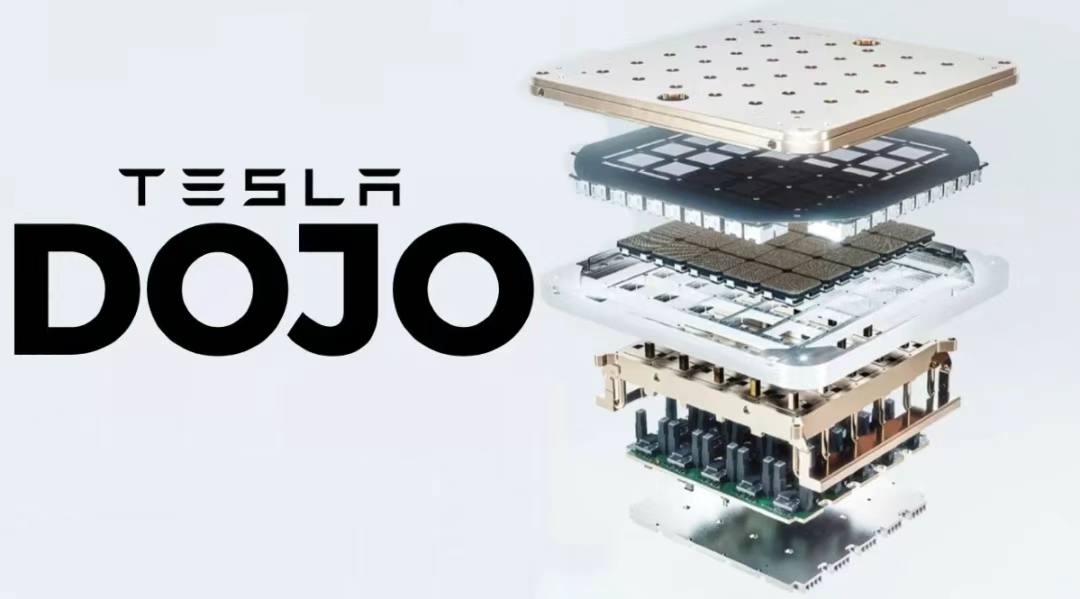
Musk stated, "Considering Dojo 3 and the AI6 inference chip, intuitively, we hope to find a convergence point, essentially using the same chip." From another perspective, using one chip inevitably implies the obsolescence of another.
Admittedly, the Dojo supercomputer project was an ambitious layout in Tesla's autonomous driving and humanoid robot strategy, embodying Musk's AI ambitions.
Back in 2019, Musk first proposed the Dojo concept, aiming to build a "supercomputer capable of leveraging massive video data for unsupervised labeling and training."
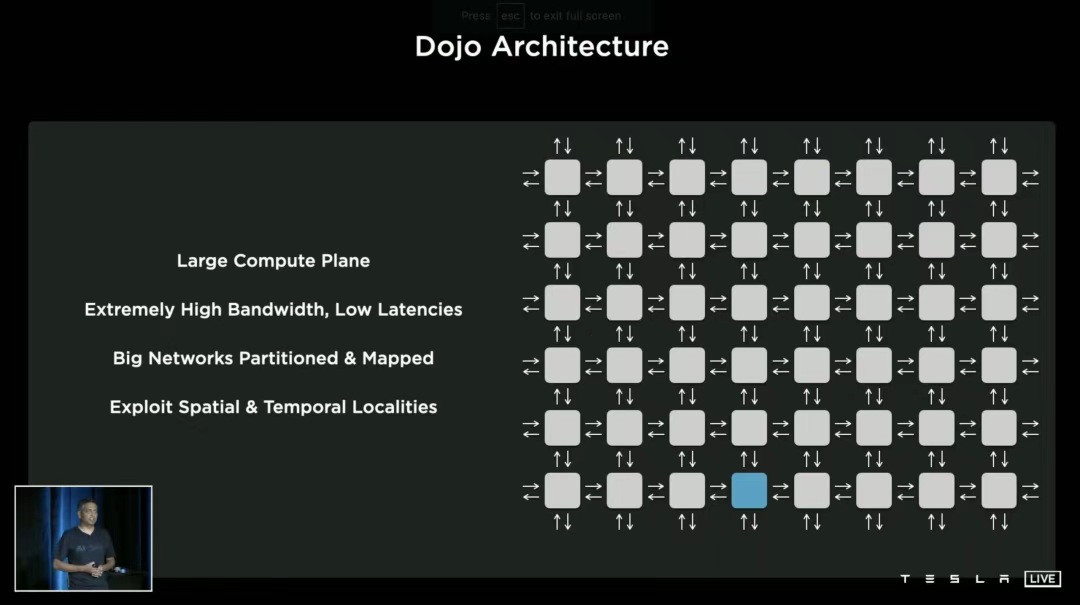
In 2021, Dojo made its debut at the inaugural AI Day, unveiling the D1 chip as its core. This 7nm chip propelled Tesla's market value to $500 billion (approximately RMB 3.6 trillion).
The original vision was that if Dojo succeeded, Tesla could provide AI computational power to other companies, akin to Amazon's AWS cloud services and Google's TPU computing for AI research.
This would transform Tesla into more than just an electric vehicle company. As Dojo expanded beyond Tesla's needs, it would open new revenue streams, not only building cars but also training AI technology for robotics, automation, and machine learning industries.
This aligns with Musk's long-standing vision of Tesla as an AI technology company.
Regarding the dissolution of the Dojo project, several factors contributed. From Dojo's perspective, after the D1 chip's 2021 launch, the R&D process stalled. The Dojo2 chip introduced this year became the final straw, failing to meet performance expectations or the demands of autonomous driving system training, and struggling with mass production.
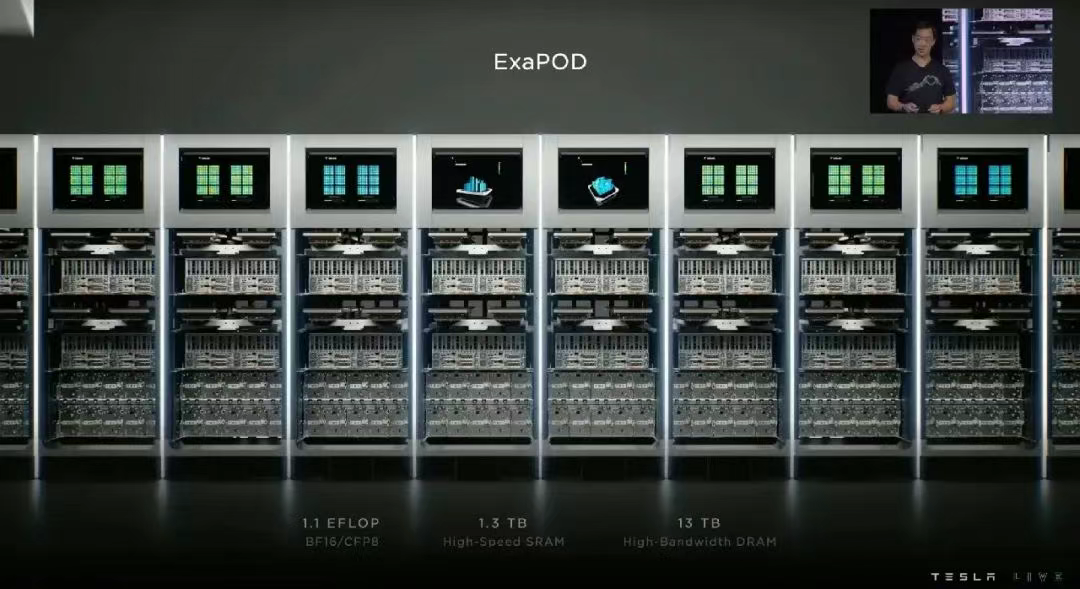
Behind the stagnation and production challenges lies a colossal investment in human and financial resources. Tesla invested $500 million in Dojo, but Musk acknowledged that "at least several billion dollars per year are needed" to maintain AI competitiveness.
This year, Musk repeatedly stated during earnings calls that "Tesla is in an unusual transition period and will face even more challenging quarters ahead."
Moreover, Tesla's second-quarter earnings report noted that fiscal year 2025 capital expenditures would exceed $9 billion, primarily comprising "AI-related capital expenditures." Under financial pressure, Tesla had to redistribute resources and concentrate funds on more certain business areas.
Compared to financial pressures, Musk's response to Bloomberg's report was more direct—it's unreasonable for Tesla to spread resources across two distinct chip designs.
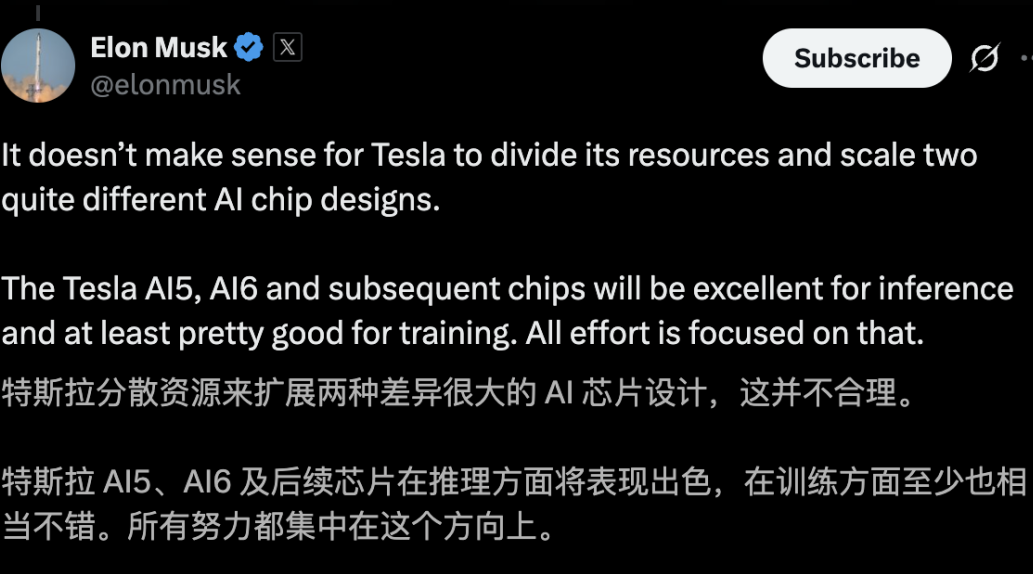
Notably, Musk highlighted the performance advantages of the new chip generation: "They excel in inference tasks, and their training performance also reaches industry-leading levels."
This significantly overlaps with Dojo's original positioning, which "focused on processing massive video data," revealing a fundamental shift in Tesla's strategic direction. For Musk, who consistently adheres to "First Principles," this decision is logical.
"With all paths clearly pointing to AI6, I must shut down Dojo and make difficult personnel decisions because Dojo2 has reached an evolutionary dead-end. Dojo3 may continue in the form of integrating numerous AI6 SoCs onto a motherboard."
In other words, perhaps Dojo hasn't disappeared but exists in another form within Musk's integration vision.


